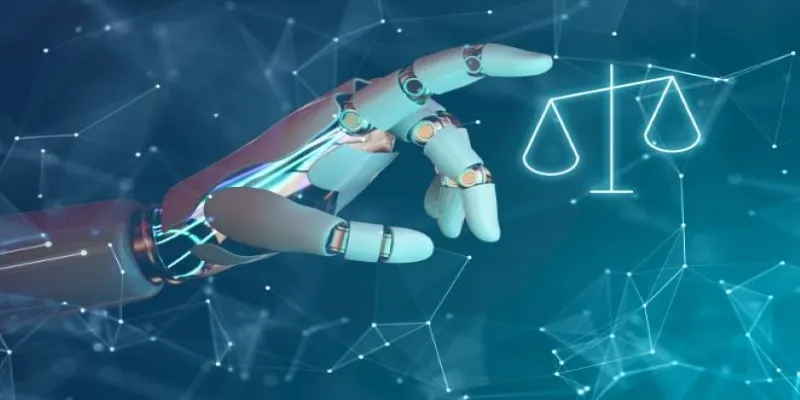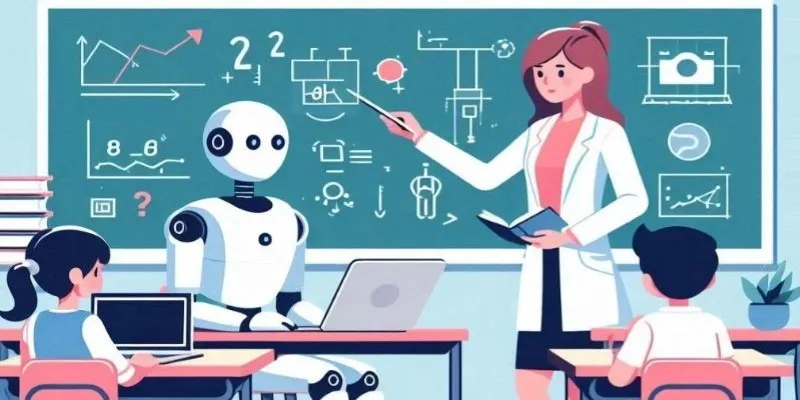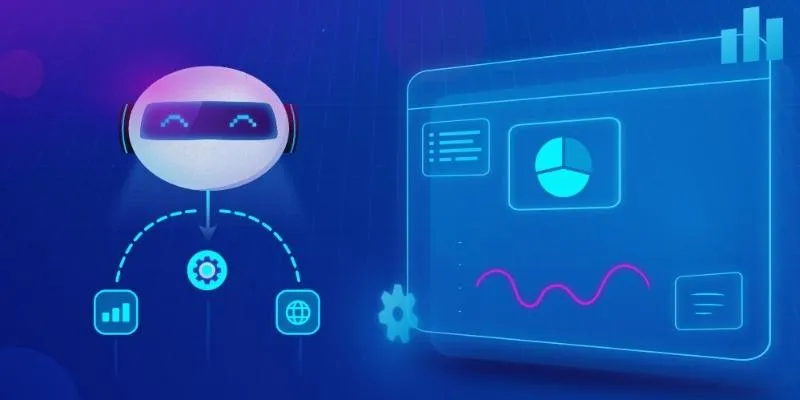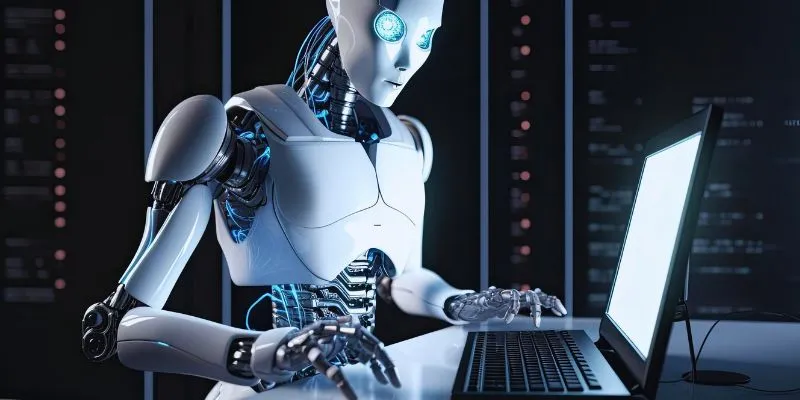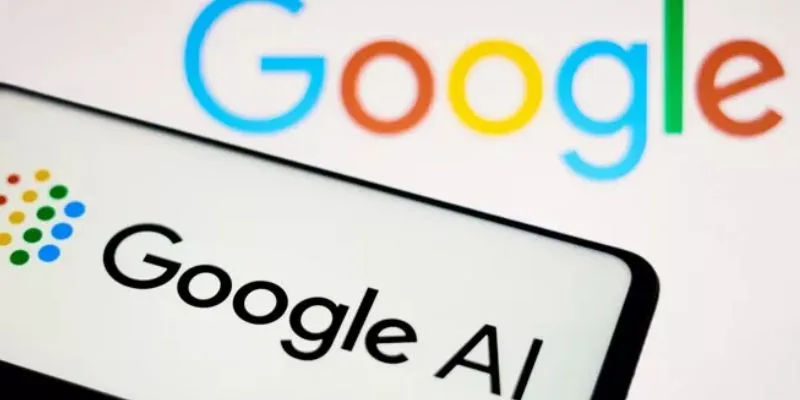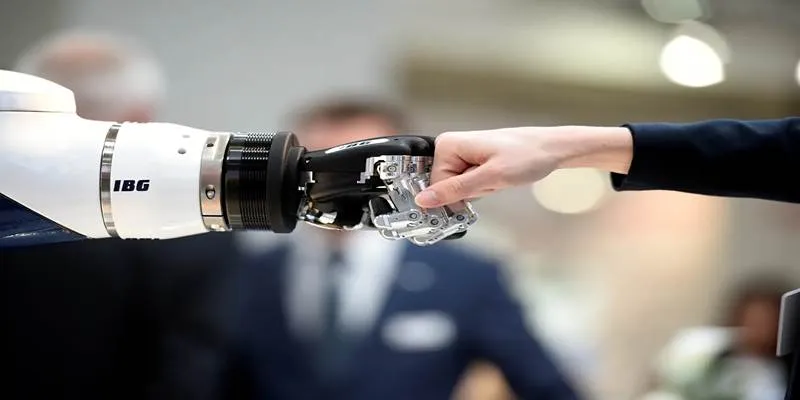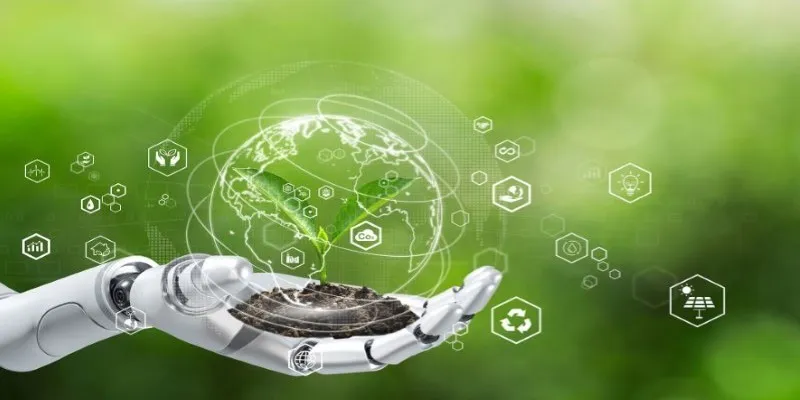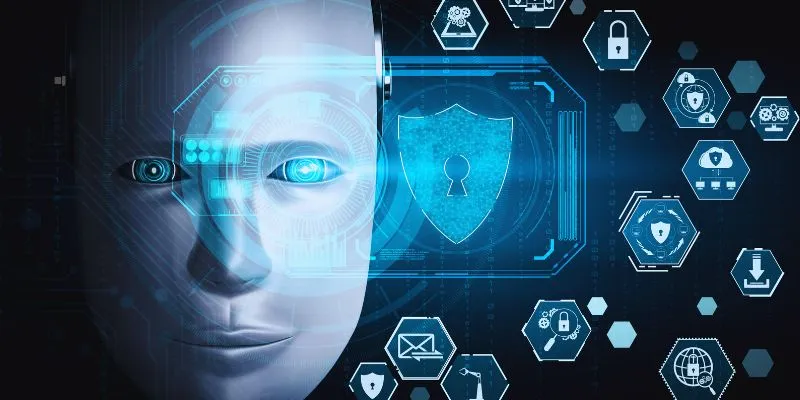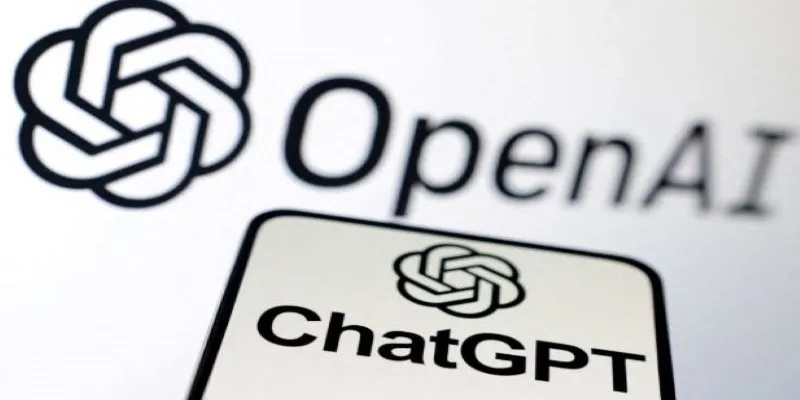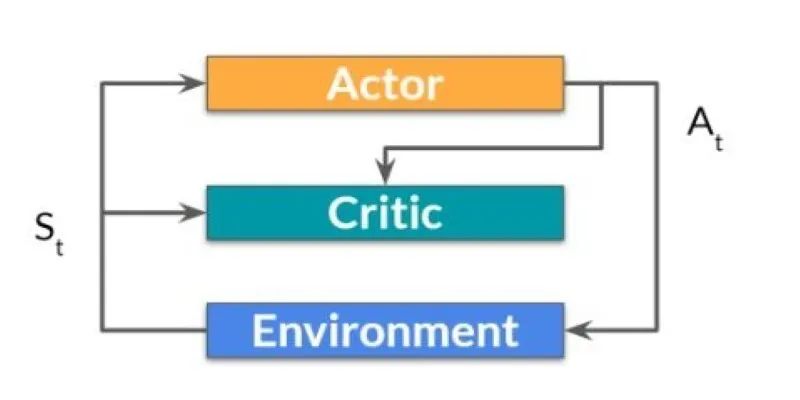As education evolves, technology increasingly shapes the way we learn. One of the most exciting innovations is the integration of artificial intelligence (AI) in virtual classrooms. What started as a method to connect students and teachers remotely is now a powerful tool that personalizes learning, automates routine tasks, and enhances student engagement.
Imagine a classroom that adapts to each student’s pace, provides instant feedback, and creates an interactive, immersive learning environment—all while reducing the teacher’s workload. The possibilities of AI in education are endless, and we’re just beginning to explore its potential for the future of remote learning.
AI-Driven Personalization in Learning
AI’s ability to personalize learning experiences for individual students is one of its greatest strengths in virtual classrooms. Traditional education struggles to cater to diverse learning speeds and styles. Some students learn quickly, while others require more time and support. AI-based virtual classrooms address this by tracking student performance in real-time and adapting lessons accordingly.
For example, intelligent tutoring systems can identify when a student is struggling and offer additional explanations, practice problems, or alternative study resources. Adaptive learning platforms use AI to assess student progress and dynamically adjust content difficulty, keeping students engaged without overwhelming them. Such personalization is nearly impossible in traditional classrooms, where teachers must meet the needs of an entire class simultaneously.
AI also enhances personalization through natural language processing. AI- powered chatbots and virtual assistants can respond instantly to students' questions, provide explanations, and guide them through complex concepts. These systems offer support outside regular class hours and reduce teachers' workloads, allowing them to focus on more challenging teaching tasks.
Automation and Efficiency for Educators
Teachers often face overwhelming administrative tasks, from grading assignments to tracking attendance and managing student progress. AI in virtual classrooms automates many of these responsibilities, enabling teachers to concentrate on instruction and student interaction.
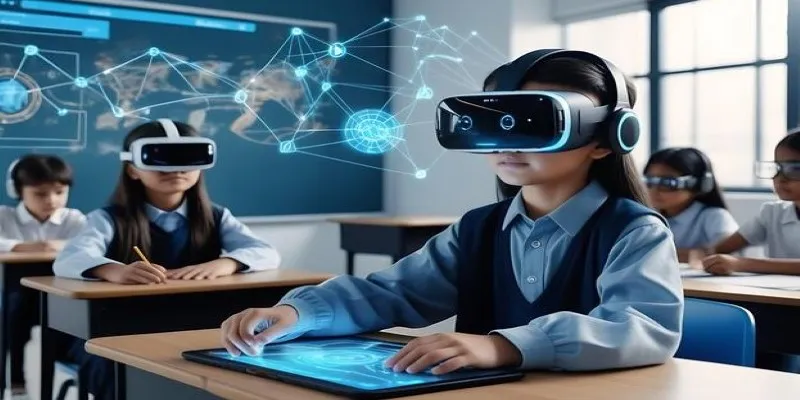
AI-powered grading systems can accurately evaluate multiple-choice questions, short answers, and even essays. While human oversight remains necessary for nuanced assessments, AI provides instant feedback on routine assignments, helping students learn from their mistakes without delay. Automated attendance tracking, plagiarism detection, and student performance analytics further streamline classroom management.
Virtual classrooms also benefit from AI-driven content creation tools. With AI assistance, educators can generate quizzes, summaries, and lesson plans, reducing preparation time. Some platforms even use machine learning to suggest effective teaching methods based on student engagement data. These innovations allow teachers to spend more time refining their instruction rather than handling repetitive tasks.
Enhanced Engagement Through AI-Powered Interaction
Keeping students engaged online is a significant challenge. Without face-to- face interaction, learners often struggle with motivation and participation. AI addresses this by making virtual classrooms more interactive and dynamic.
AI-driven gamification transforms lessons into immersive experiences. Virtual rewards, progress tracking, and adaptive challenges motivate students to stay engaged and actively participate in their learning. AI also facilitates effective peer collaboration by intelligently grouping students based on their learning styles, strengths, and weaknesses.
AI-powered virtual reality (VR) and augmented reality (AR) are significant innovations. These technologies allow students to explore complex concepts hands-on, even in remote settings. Imagine a biology student dissecting a virtual frog in 3D or a history class experiencing ancient civilizations through an AI-generated simulation. These immersive experiences enhance understanding and retention more effectively than traditional methods.
Voice recognition and speech analysis tools help students improve communication skills. AI can evaluate pronunciation, tone, and fluency in language learning applications, providing instant feedback. This is especially valuable for students learning a new language or those needing additional support in verbal communication.
The Future of AI in Virtual Classrooms
While AI is revolutionizing virtual classrooms, its potential is still unfolding. In the coming years, we can expect more sophisticated developments that will redefine the educational landscape.
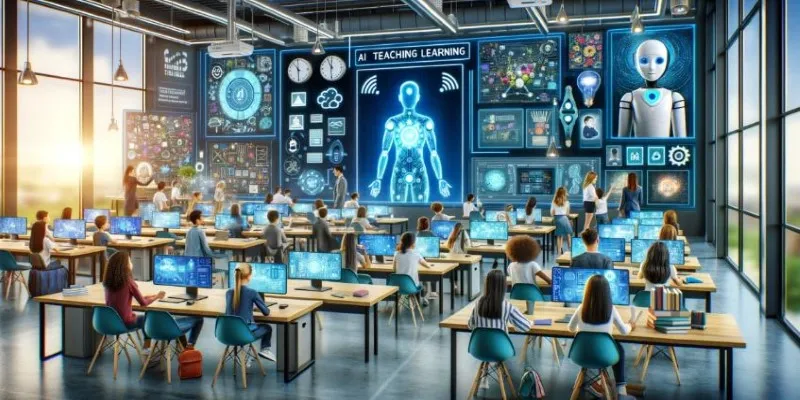
One major growth area is emotional AI, which can analyze students’ emotions based on facial expressions and voice patterns. This technology can help educators identify when students feel frustrated, disengaged, or confused, allowing for real-time intervention. A virtual teacher assistant powered by emotional AI could adjust its approach based on a student’s mood, making learning more responsive and human-like.
Another promising development is AI-driven lifelong learning platforms. Education is no longer confined to classrooms or age groups. AI-powered virtual classrooms can support continuous skill development for professionals, offering personalized career growth recommendations and adaptive courses. As industries evolve, AI-based education systems will ensure that workers remain equipped with relevant skills.
However, with these advancements come ethical considerations. AI in education raises concerns about data privacy, algorithmic biases, and the role of human teachers. It’s crucial to balance where AI enhances rather than replaces the human element in education. Responsible implementation and regulation will be necessary to ensure AI-powered virtual classrooms benefit all learners equally.
Conclusion
AI is transforming virtual classrooms from simple online meetings into dynamic, intelligent learning environments. By personalizing education, automating administrative tasks, and enhancing student engagement, AI is redefining how we learn remotely. As technology advances, AI-driven innovations will shape the future of education, catering to individual learning needs while making instruction more efficient. However, the human touch in education remains irreplaceable. The key to successful AI integration lies in using technology to support, not replace, teachers, ensuring that learning remains interactive, inclusive, and meaningful.
 zfn9
zfn9
